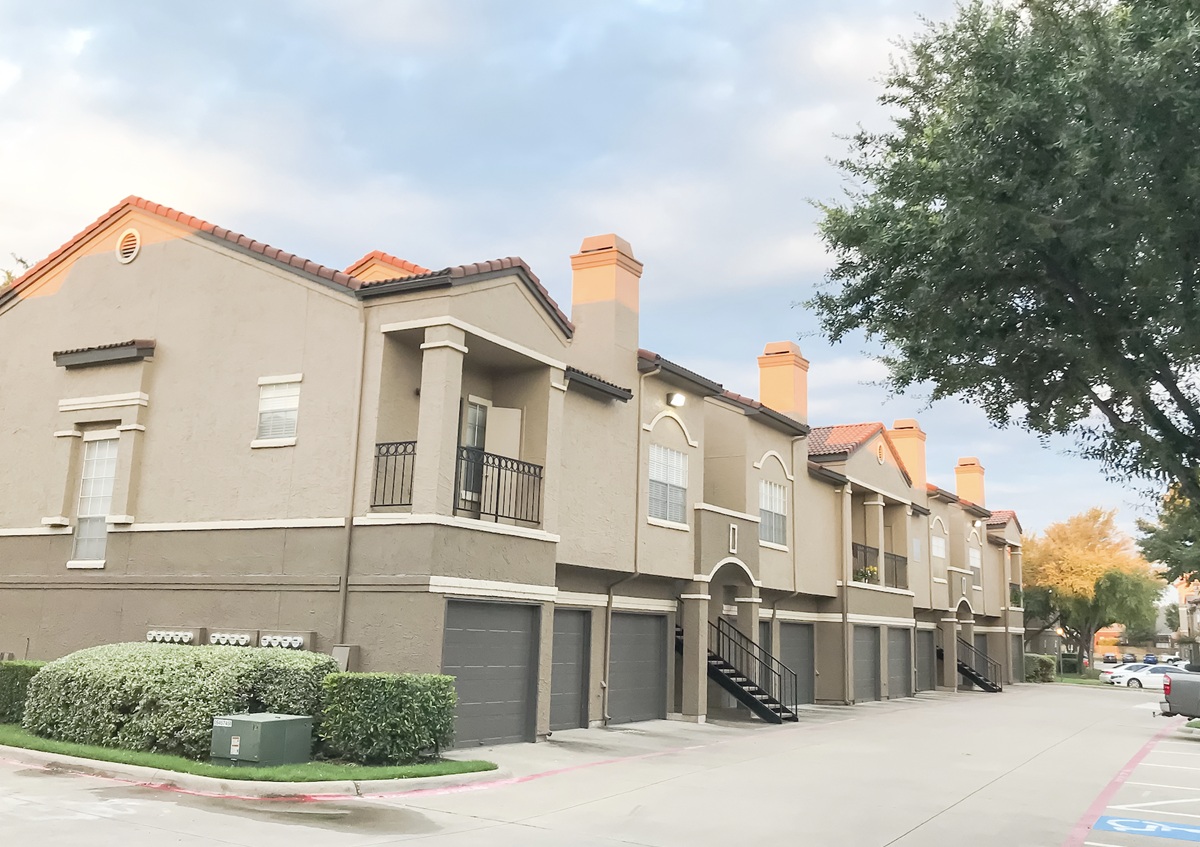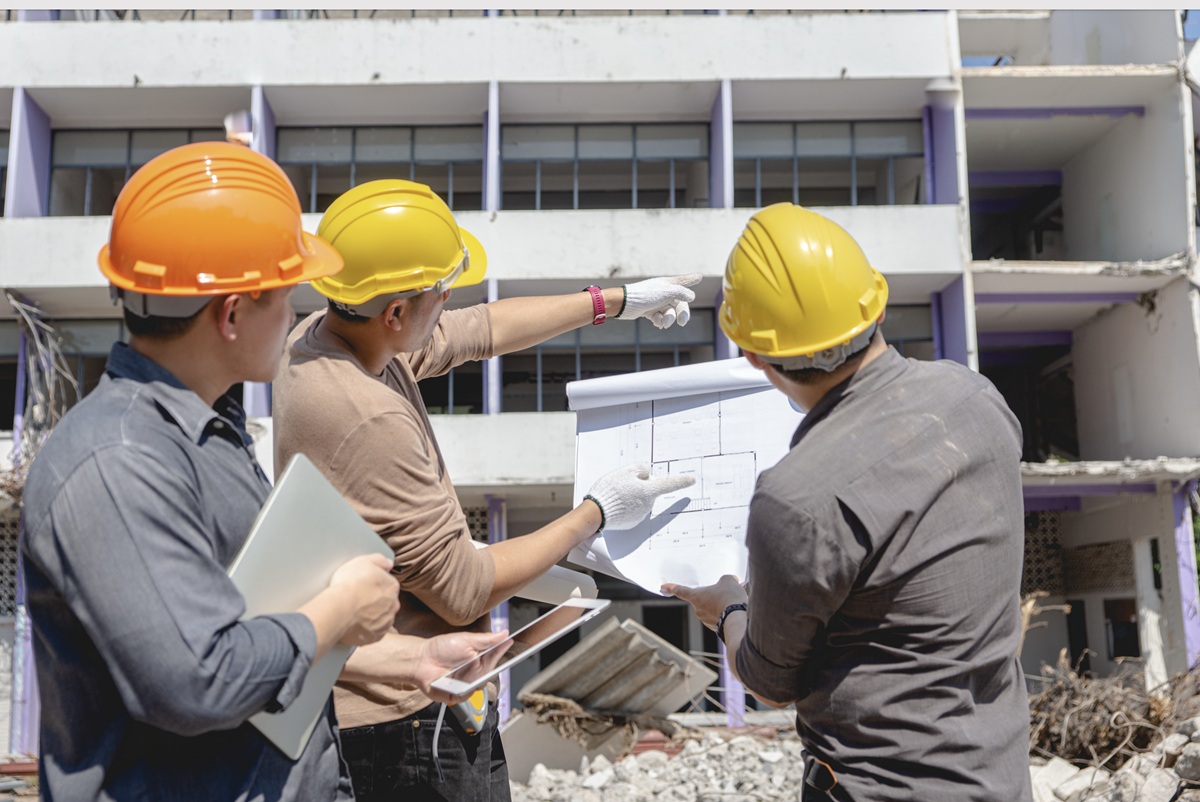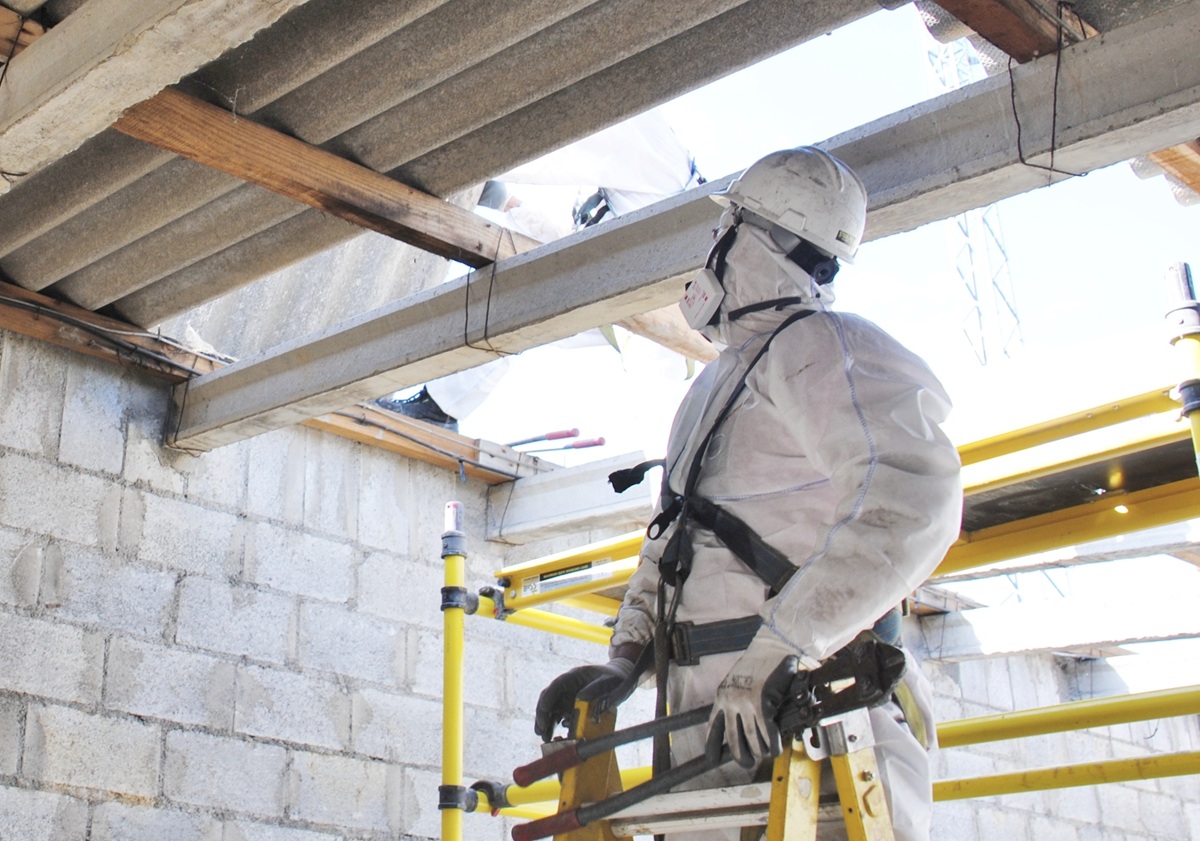As recent earthquakes across California have reminded residents, preparation for a major seismic event is crucial. Communities from El Centro to Morgan Hill have felt the earth’s tremors, underscoring the need for comprehensive earthquake readiness. For those living in soft-story apartment buildings, seismic retrofitting is a vital part of this preparedness, as these buildings are particularly susceptible to damage and collapse during major earthquakes.
Soft-story buildings typically have open spaces, like garages or large windows, on the ground level, which lack the structural reinforcement needed to withstand significant shaking. During an earthquake, these structures can collapse under the weight of the upper stories, posing serious safety risks to residents and others nearby. Seismic retrofitting strengthens these buildings, helping prevent collapse and protecting lives. In California, where over 80% of residents live within 30 miles of an active fault line, investing in retrofitting for vulnerable structures is an essential step toward a more resilient future.
Preparedness involves more than structural adjustments, though. It requires educating the public about earthquake safety and offering tools to help people protect themselves during a quake. The California Governor’s Office of Emergency Services (Cal OES) offers several valuable resources for residents, including the Earthquake Warning California program. This initiative provides alerts through the MyShake app, Android Earthquake Alerts, and Wireless Emergency Alerts (WEAs). Powered by the ShakeAlert system, which uses seismic network data, these alerts notify residents of incoming shaking moments before it reaches them, giving them critical time to take protective measures.
Beyond alerts, Cal OES promotes key safety practices, such as developing emergency plans, packing supply kits, and securing furniture and appliances to prevent additional hazards during a quake. Residents are encouraged to use the MyHazards tool on the Cal OES website to learn about local risks and ways to reinforce their homes. By addressing structural vulnerabilities and preparing for potential hazards, Californians can mitigate some of the dangers posed by seismic activity.
For soft-story apartment buildings, mandatory retrofitting initiatives in some areas have already proven effective. Cities like Los Angeles and San Francisco have enacted ordinances requiring owners to retrofit buildings to meet updated safety standards. These retrofits involve reinforcing the base level with steel frames, concrete shear walls, or other structural support systems, reducing the risk of a soft-story collapse. By prioritizing such upgrades, these cities aim to protect residents and infrastructure, creating a safer living environment for all.
In 2019, on the 30th anniversary of the Loma Prieta earthquake, California launched the nation’s first statewide Earthquake Early Warning System. This system, paired with ongoing retrofitting efforts, marks significant progress in the state’s quest for resilience. However, the responsibility for safety also rests with individual residents, who can take proactive steps to prepare for the “Big One.”
The combination of seismic retrofitting for at-risk buildings, early warning systems, and public education forms a multi-layered approach to earthquake preparedness. Californians are urged to stay informed, take advantage of available resources, and invest in retrofitting measures for a safer, more resilient future.
If you own a building that you believe may be vulnerable to damage, it’s important to educate yourself on cost-effective measures that can be taken to save lives, protect your assets, and preserve the well-being of the community-at-large. Find out the risks you face. Call Optimum Seismic at 833 978-7664 for a free building evaluation today.
Sources
Building Earthquake Resiliency. Published: Nov 10, 2024







